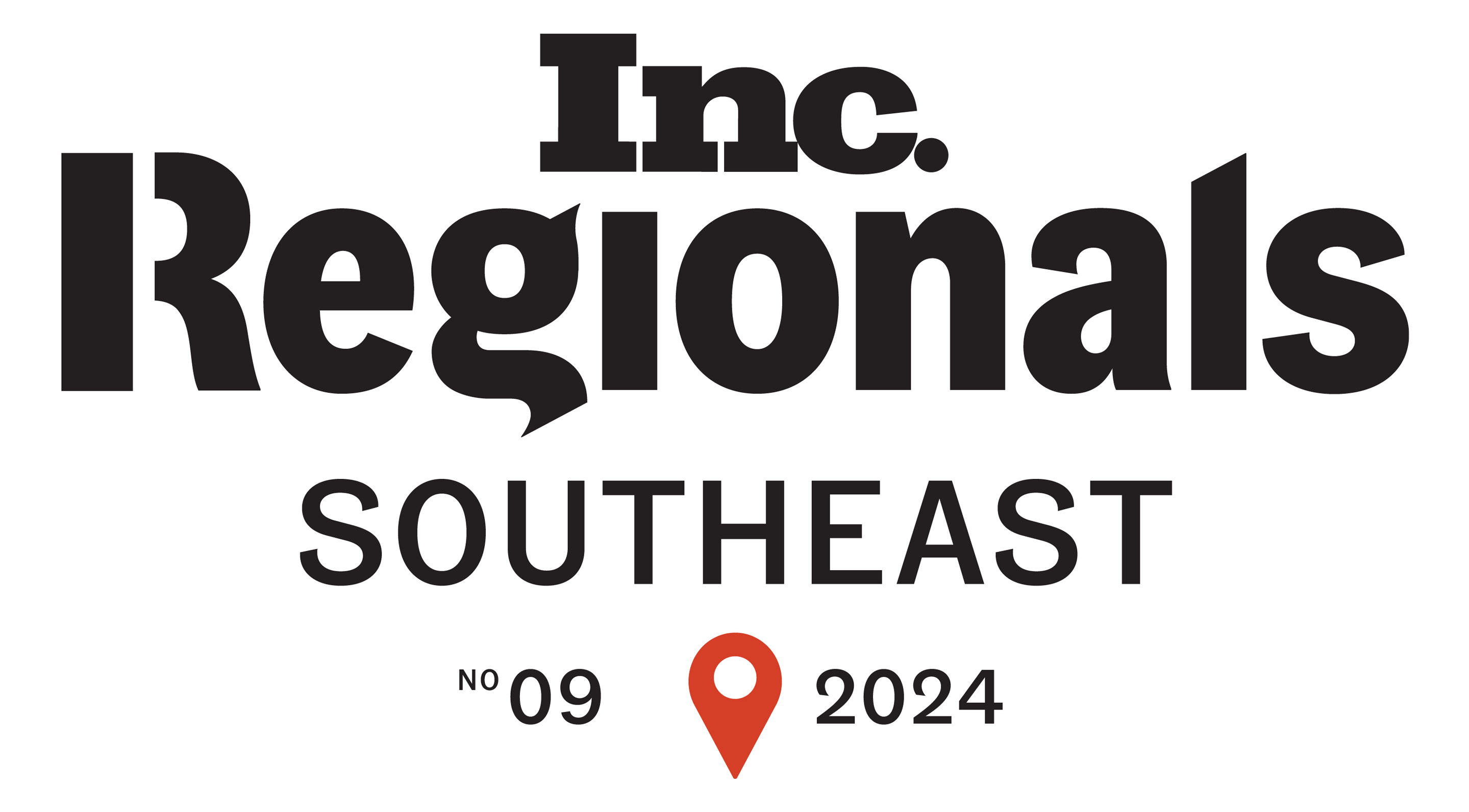Hey there, manufacturers and OEMs! Let's talk about an essential aspect of your business: warranty performance. A solid warranty program can make or break customer loyalty and profitability. But how can you ensure your warranty processes are top-notch? The answer lies in benchmarking.
Understanding Key Warranty Metrics
Before diving into benchmarking, let's explore the metrics that matter most for evaluating warranty performance:
- Claim Rate: This measures the number of warranty claims against the total units sold. A high claim rate could indicate quality issues or unrealistic customer expectations.
- Claim Processing Time: How long does it take to resolve a warranty claim? Speedy resolutions keep customers happy and reduce costs.
- Return Rate: The percentage of products returned under warranty. High return rates may signal design flaws or manufacturing defects.
- Customer Feedback Score: Are customers satisfied with how their warranty claims are handled? This metric reveals areas for improvement in customer service.
- Warranty Length: The duration of coverage offered. Longer warranties can attract customers but may also increase costs.
Different product categories may prioritize different metrics. For instance, electronics tend to have higher claim rates due to their complexity. Tailoring your metrics ensures an accurate assessment of your warranty performance.
Industry Benchmarks: How Do You Measure Up?
Many industries have established benchmarks for these metrics. In the electronics sector, a 2% claim rate might be considered standard, while household appliances might aim for 1% or lower.
Standardizing your metrics according to industry norms allows you to compare your performance against competitors and identify areas for improvement. Consistency is crucial for reliable benchmarking.
Collecting and Analyzing Warranty Data
Accurate data is the foundation of effective benchmarking. Here's how to ensure your data is up to par:
Best Practices for Data Collection
- Automate: Use software to collect and store data automatically, reducing errors and saving time.
- Train Staff: Ensure your team understands how to input and manage warranty data correctly.
- Regular Audits: Conduct periodic audits to maintain data accuracy and completeness.
Tools for Warranty Data Analysis
Several tools can aid in analyzing your warranty data:
- Warranty Management Systems (WMS): These specialized platforms track and manage warranty claims, offering valuable insights.
- Data Analytics Software: Tools like Microsoft Excel or Tableau allow you to visualize and analyze data more effectively.
- Customer Relationship Management (CRM) Systems: Monitor customer feedback related to warranty claims.
Ensuring Data Quality and Consistency
Reliable benchmarking depends on high-quality, consistent data:
- Standardized Forms: Use standardized forms for data entry to reduce errors.
- Double-Check Entries: Regularly verify the accuracy of data entries.
- Consistent Metrics: Apply the same metrics consistently over time for meaningful comparisons.
Strategies for Improving Data Quality
Improving data quality is an ongoing process:
- Clear Guidelines: Provide clear guidelines for data entry and management.
- Regular Training: Train staff regularly on best practices for data collection.
- Feedback Loops: Establish processes for identifying and correcting errors.
Integrating Data from Multiple Sources
You may have warranty data scattered across various systems, like CRM, WMS, and customer feedback forms. Integrating this data can be challenging but beneficial:
- Centralize Data: Use a central database to collect all warranty-related data.
- Data Cleaning: Regularly clean your data to remove duplicates and errors.
- Use APIs: Application Programming Interfaces (APIs) can seamlessly integrate data from different systems.
The Power of Data Visualization
Data visualization tools like charts, graphs, and dashboards make complex data easier to understand. They help you quickly identify trends, spot issues, and make informed decisions.

The Benefits of Benchmarking
Now that you understand the importance of data collection and analysis, let's explore the benefits of benchmarking your warranty performance against industry standards.
Identify Areas for Improvement
By comparing your metrics to industry benchmarks, you can pinpoint areas that need improvement. For example, if your claim processing time lags behind the industry standard, you know you need to streamline that process.
Reduce Warranty Costs and Boost Profitability
Identifying and addressing issues can significantly reduce warranty costs. Lower claim rates and faster processing times mean less money spent on repairs and replacements, boosting your bottom line.
Make Data-Driven Strategic Decisions
Benchmarking provides valuable insights that can inform your strategic decisions. Whether you're aiming to improve product quality or enhance customer service, data-driven decisions can help you achieve your goals more effectively.
Maintain a Competitive Advantage
Keeping up with or surpassing industry benchmarks demonstrates your commitment to quality and reliability. This can give you a competitive edge, attracting and retaining customers who value exceptional products and services.
Continuous Improvement Through Benchmarking
Benchmarking isn't a one-time exercise; it's a continuous process. Use the insights gained to set new goals, implement changes, and regularly review your progress. This cycle of improvement will help you stay ahead of the competition and consistently deliver top-notch warranty performance.
Setting Realistic Goals for Improvement
While benchmarking can reveal areas for improvement, setting achievable goals is crucial for success.
Key Factors to Consider When Setting Goals
- Current Performance: Assess where you currently stand to set realistic targets.
- Industry Benchmarks: Use benchmarks as a guide, but tailor goals to your specific situation.
- Available Resources: Ensure you have the necessary resources (time, budget, personnel) to achieve your goals.
Balancing Short-Term and Long-Term Goals
Short-term goals might include reducing claim processing time by 10% within six months, while long-term goals could aim for a 30% reduction in claim rates over three years.
Creating Actionable Plans
Your improvement plans should be specific, actionable, and time-bound. For example, "Train staff on new claim processing software within three months" is a clear and actionable plan.
Stakeholder Engagement
Involve all relevant stakeholders, including your team, suppliers, and key customers, in setting goals. Their buy-in can make achieving your goals much easier.
Using Performance Metrics for Goal-Setting and Tracking
Performance metrics like claim rate and processing time can help you set and track your goals, allowing you to measure progress and adjust your strategies as needed.
Monitoring and Adjusting Goals
Keep a close eye on your progress and be prepared to adjust your goals if necessary. Regular check-ins and performance reviews can help you stay on track.
Advanced Analytics for Warranty Performance
Advanced analytics can take your warranty performance to new heights by providing deeper insights and predictive capabilities.
AI and Machine Learning in Warranty Processes
Artificial Intelligence (AI) and machine learning can help predict when products are likely to fail, allowing you to address issues proactively before they become significant problems. These technologies can analyze vast amounts of data quickly, identifying patterns and trends that human analysts might miss.
Tools and Software for Advanced Analytics
Several tools can help you implement advanced analytics:
- Predictive Analytics Tools: Forecast future warranty claims and help you prepare accordingly.
- Machine Learning Algorithms: Identify patterns and trends in warranty data.
- Data Visualization Software: Tools like Tableau or Power BI can turn complex data into easy-to-understand visuals.
Data-Driven Decision-Making
Advanced analytics enable data-driven decision-making, allowing you to base your decisions on data rather than gut feelings. This approach can lead to more accurate and effective strategies.
Predictive Analytics for Cost Reduction
By predicting product failures, predictive analytics can help you mitigate issues before they become costly problems. Proactive measures can significantly reduce warranty costs.
Integrating Advanced Analytics with Existing Systems
Integrating advanced analytics with your existing systems can be challenging but beneficial:
- Use APIs: APIs can help integrate different software systems seamlessly.
- Train Staff: Ensure your team knows how to use new tools and technologies effectively.
- Regular Updates: Keep your systems updated to take advantage of new features and capabilities.
Improving Customer Satisfaction Through Benchmarking
Customer satisfaction is a critical aspect of warranty performance. Happy customers are more likely to remain loyal and recommend your products to others.
Key Customer Satisfaction Metrics
Important metrics include:
- Customer Feedback Score: Measures overall satisfaction with your warranty processes.
- Claim Resolution Time: Faster resolutions generally lead to higher satisfaction levels.
- Customer Retention Rate: Indicates how many customers return for future purchases.
Measuring and Tracking Customer Satisfaction
Several methods can help you measure and track customer satisfaction:
- Surveys: Send out surveys after resolving claims to get immediate feedback.
- Net Promoter Score (NPS): Measures how likely customers are to recommend your product.
- Customer Reviews: Monitor online reviews to gauge overall satisfaction.
Proactive Warranty Management
Proactive warranty management means addressing potential issues before they become problems:
- Regular Follow-Ups: Check in with customers after resolving their warranty claims.
- Timely Updates: Keep customers informed throughout the claim process.
- Training: Ensure your customer service team is well-trained and responsive.
Customer Feedback for Process Improvement
Customer feedback is invaluable for improving your warranty processes. It shows you what you're doing well and where you need to improve.
Benchmarking for Identifying Customer Needs
Benchmarking helps you understand what customers expect by comparing your performance to industry standards. Meeting or exceeding these standards can improve customer satisfaction.
Communicating Warranty Performance
Clear and honest communication builds trust. Use simple language, avoid technical jargon, and provide regular updates and transparency to keep customers satisfied.

Types of Benchmarks for Warranty Performance
There are different types of benchmarks you can use to evaluate your warranty performance:
- Internal Benchmarks: Compare performance across your own departments or product lines.
- Competitive Benchmarks: Compare your performance to that of your competitors.
- Performance Benchmarks: Measure your performance against industry standards.
- Functional Benchmarks: Compare specific functions, like claim processing, to those of other companies.
- Generic Benchmarks: Use general best practices that apply across various industries.
Using a mix of benchmarks can provide a comprehensive evaluation. For example, internal benchmarks help identify internal strengths and weaknesses, while competitive benchmarks show how you measure up against other companies.
Benchmarking for Quality Control and Improvement
Benchmarking helps maintain and improve product quality. By identifying areas where you fall short, you can make targeted improvements to enhance quality.
Benchmarking in Product Development and Design
Benchmarking can also inform product development by highlighting common issues and customer preferences. This knowledge can help you design better products that meet customer needs more effectively.
Integrating Multiple Benchmarks into a Framework
Integrating multiple benchmarks provides a well-rounded view of your performance. Use a unified system to collect and analyze all relevant data, ensuring consistency and accuracy.
Benchmarking for Regulatory Compliance
Benchmarking can also help ensure you meet industry regulations and standards. This not only keeps you compliant but also boosts customer trust in your products and services.
Communicating Benchmarking Results to Stakeholders
Effectively communicating your benchmarking results is crucial for gaining buy-in and driving improvement.
Key Stakeholders Interested in Results
These include:
- Management: They need to understand how the company is performing.
- Employees: They can help implement improvements based on the results.
- Suppliers: They need to know if their products are causing warranty issues.
- Customers: They should see your commitment to quality and continuous improvement.
- Investors: They want to know how improvements impact the bottom line.
Presenting Complex Data Clearly
Make your data easy to understand:
- Visuals: Use charts, graphs, and dashboards to present data in a visually appealing way.
- Simple Language: Avoid technical jargon and use simple, clear language.
- Focus: Highlight the most critical findings and recommendations.
Creating Effective Reports and Dashboards
Effective reports and dashboards:
- Are User-Friendly: Make them easy to navigate and understand.
- Highlight Key Metrics: Focus on the most critical data points.
- Provide Context: Explain what the data means and how it impacts the company.
Stakeholder Engagement in Benchmarking
Engaging stakeholders ensures that everyone understands the importance of benchmarking and is committed to improvement. Hold regular meetings and provide updates to keep everyone informed.
Using Data Visualization for Communication
Data visualization tools like pie charts, bar graphs, and line charts make complex data easier to understand. These tools can help convey your message quickly and effectively.
Ensuring Transparency and Accountability
Transparency and accountability build trust. Be open about your findings, both good and bad, and clearly outline the steps you'll take to improve. Regular progress updates can keep everyone on the same page.
Common Challenges in Implementing Benchmarking
Implementing benchmarking can present some challenges, but being aware of them can help you overcome them more effectively.
Obstacles in Collecting and Analyzing Data
Challenges can include:
- Data Silos: Data stored in different systems can be hard to integrate.
- Inconsistent Data: Inconsistent data entry can lead to unreliable results.
- Data Overload: Too much data can be overwhelming and hard to analyze.
Overcoming Resistance to Change
Change can be difficult, but it's necessary for improvement:
- Clear Communication: Explain the benefits of benchmarking clearly.
- Training: Provide training to help employees adapt to new processes.
- Involvement: Get input from all levels of the organization to ensure buy-in.
Common Pitfalls to Avoid
Avoid these mistakes:
- Ignoring Data Quality: Poor data quality leads to unreliable results.
- Overlooking Employee Involvement: Employee input is crucial for successful implementation.
- Failing to Act on Findings: Data is only useful if you act on it.
Stakeholder Buy-In for Implementation
Having stakeholder buy-in ensures that everyone is on board with the changes and committed to making them work. This can make the implementation process smoother and more effective.
Leadership's Role in Driving Benchmarking Initiatives
Leadership plays a crucial role in driving benchmarking initiatives. Their support can make or break the implementation process. Leaders should set the tone, provide resources, and encourage a culture of continuous improvement.
Ensuring Long-Term Sustainability
For long-term success:
- Regular Reviews: Continuously review and update your benchmarking practices.
- Ongoing Training: Keep staff trained and informed about best practices.
- Adaptability: Be ready to adapt to new technologies and industry changes.
Remember, improving your warranty performance is a continuous journey. With the right metrics, data practices, and strategies, you can make significant strides in enhancing your warranty processes and keeping your customers happy.
At OnPoint Warranty, we understand the importance of warranty performance and the challenges it presents. That's why we offer comprehensive solutions tailored to meet the unique needs of manufacturers and OEMs.
Our team has over 65 years of combined experience in the manufacturing, insurance, warranty, and service management technology sectors. This deep expertise allows us to provide tailored solutions that address your specific challenges and help you achieve your goals.
We also utilize a robust insuretech platform that facilitates front-to-back-end warranty sales and administration. This technology enhances efficiency, reduces risk, and improves customer satisfaction by streamlining processes and providing real-time data and analytics.
By partnering with OnPoint Warranty, you can leverage our advanced insuretech platform and global service network to enhance your warranty management processes, improve customer experiences, and achieve greater operational efficiency.
Take the first step towards unlocking the power of benchmarking and elevating your warranty performance. Contact us today to learn more about how we can help you mitigate financial risks, reduce costs, and build unbreakable bonds of customer loyalty.







